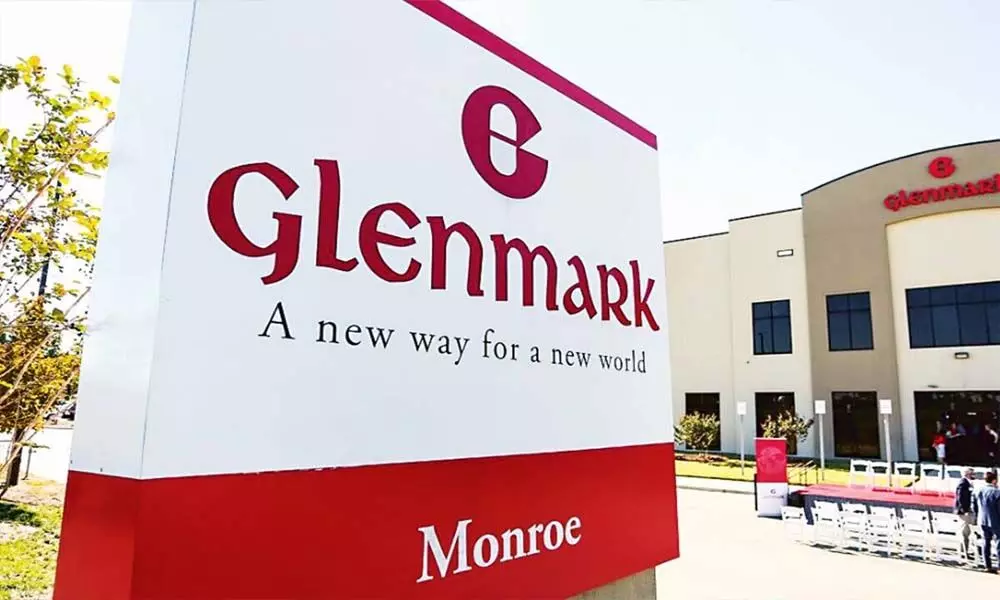Glenmark Life Sciences: Aiming to be debt-free entity
Glenmark Life Sciences Limited is tapping the capital markets with its fresh issue for Rs1,060 crore and an offer for sale of 63 lakh shares in a price band of Rs695-720.
image for illustrative purpose

Glenmark Life Sciences Limited is tapping the capital markets with its fresh issue for Rs1,060 crore and an offer for sale of 63 lakh shares in a price band of Rs695-720. The issue opened on Tuesday (July 27) and would close on Thursday (July 29).
Earlier the company on Monday had allotted 63,06,660 shares to 19 anchor investors at the top end of the price band. The highest allocation was to Polar Capital Fund of 22.1 per cent of the anchor book followed by NT Asian Discovery Master Fund with 14.7 per cent and HSBC Global Investment Fund with 12.8 per cent.
The top four anchor investors have been allotted 61.9 per cent of the anchor book. At the bottom end, 7 funds have each been allotted 1.1 per cent of the anchor book, indicating strong demand for the issue. While domestic mutual funds are missing from the list, it appears that they chose to opt out on reasons of pricing. This seems odd when the difference in the top and bottom of the price band is Rs25 and is 3.5 per cent of the price. When every issue listing at the bourses records gains of 30 per cent plus on day one why this is a concern? Strange are the ways of mutual funds.
The company is an API (Active Pharma Ingredient) manufacturer having four plants with two in Maharashtra and two in Gujrat. The company has a reactor capacity of 726 KL, which is utilised around 85 per cent currently. The company is in the process of completing some debottlenecking capacity and additional capacity at its Gujrat plant in Ankleshwar and a new 200 KL plant is being set up at the other plant in Dahej, Gujrat. Going forward, a new large greenfield capacity would come up in Mohol, Maharashtra which would more than double the present capacity with the ongoing expansions.
The company was formed by doing a slump sale from the existing Glenmark Pharmaceuticals and made a 100 per cent subsidiary. The consideration for the same was Rs 1,163 cr. As on date, the company has to pay about 800 cr to the parent against the slump sale price. The company has no debt and it has the primary object of repaying the above debt post-IPO and the company would become debt-free entity.
The company supplies APIs to the parent company and going forward is free to choose to supply or not, depending on its order book, margins and capacity available. Similarly, the parent too is free to choose its supplier. In terms of product portfolio, the company has 120 molecules and is working to develop around 8-10 every year. Further it generated roughly 2/3rd of its revenues in FY21 from regulated markets. It has relationships with 16 of the top-20 generic companies globally. The company has a strong focus on R&D and is continuously increasing its strength and capabilities in this sector. Glenmark Life Sciences is present in niche and complex APIs and is present in multiple products with different market share. This gives an opportunity to increase sales going forward.
The company reported revenues of Rs 1,886 cr for the year ended March 2021. EBITDA was a healthy Rs 591.88 cr. The net profit after tax was Rs 351.6 cr. The EPS for the year ended March 2021 was Rs 32.61. The PE band for the IPO is 21.31-22.08 which is attractive compared to its peers such as Divis' Lab, Laurus Laboratories, Aarti Drugs and Solara Active Pharma. There would be savings on the interest front going forward as the amount due to the parent would have been repaid. The last point to remember is that the company has been growing at 16% and has adequate upcoming capacity coming up, to continue and better this growth. Further it enjoys EBITDA margins of 30-32% and PAT margins of around 20%.
Glenmark Life Sciences has all the ingredients for providing investors with a healthy dose. Decent and healthy margins which are sustainable, product portfolio and new products being continuously added, almost fully utilised capacity which is being ramped up to more than double in the coming three to four years and a healthy asset turn ratio of about 3.4 times. The valuations make this a compelling investment.

